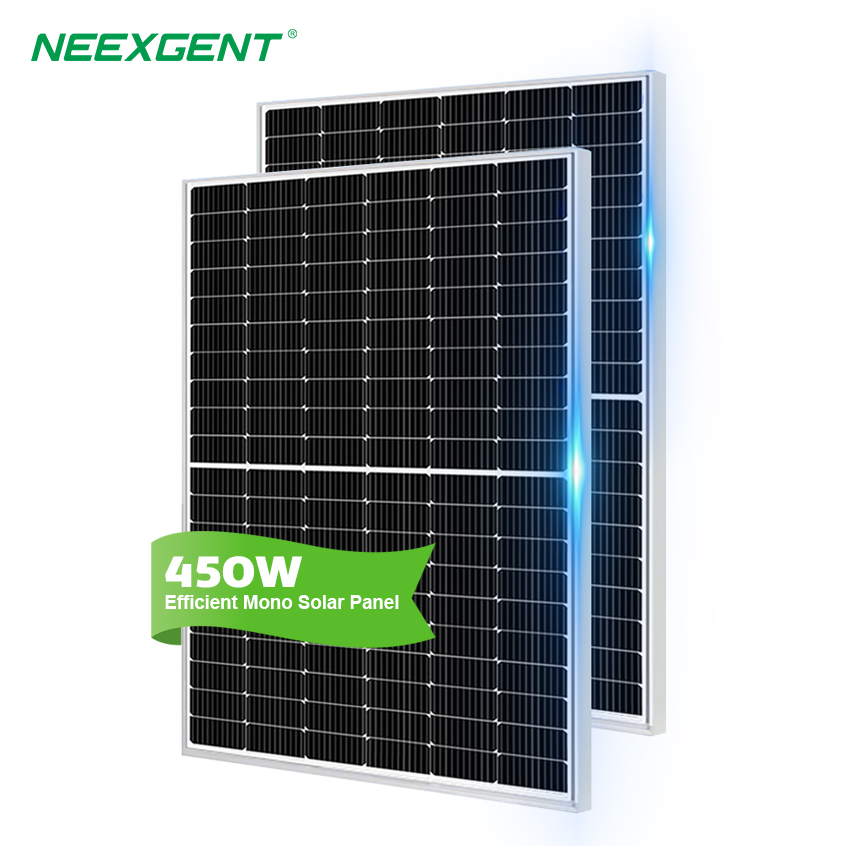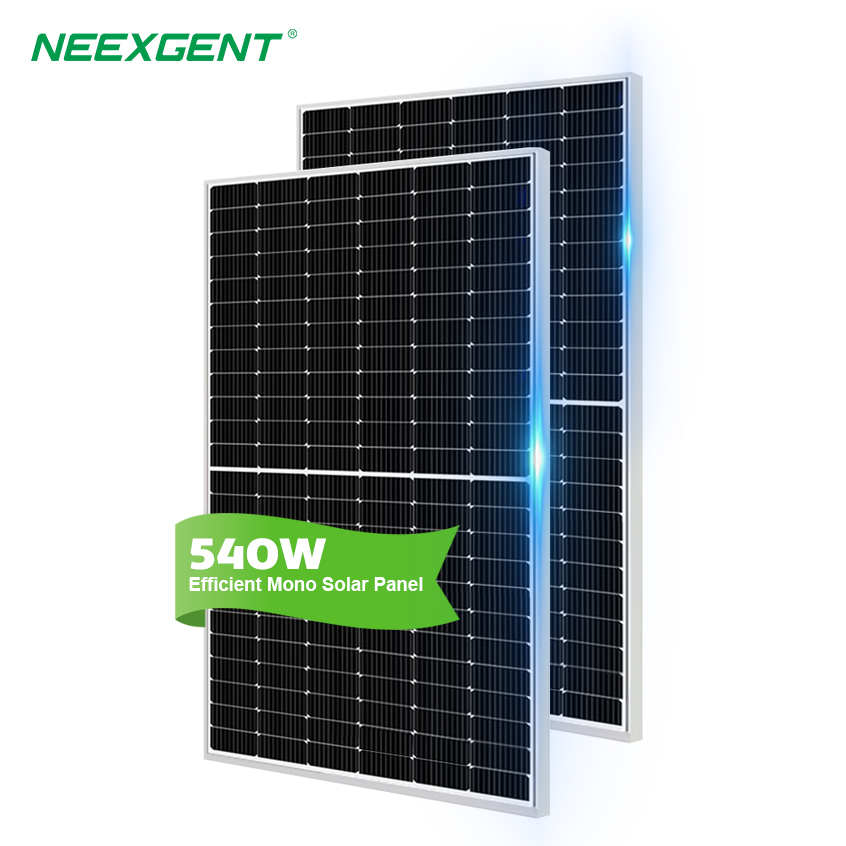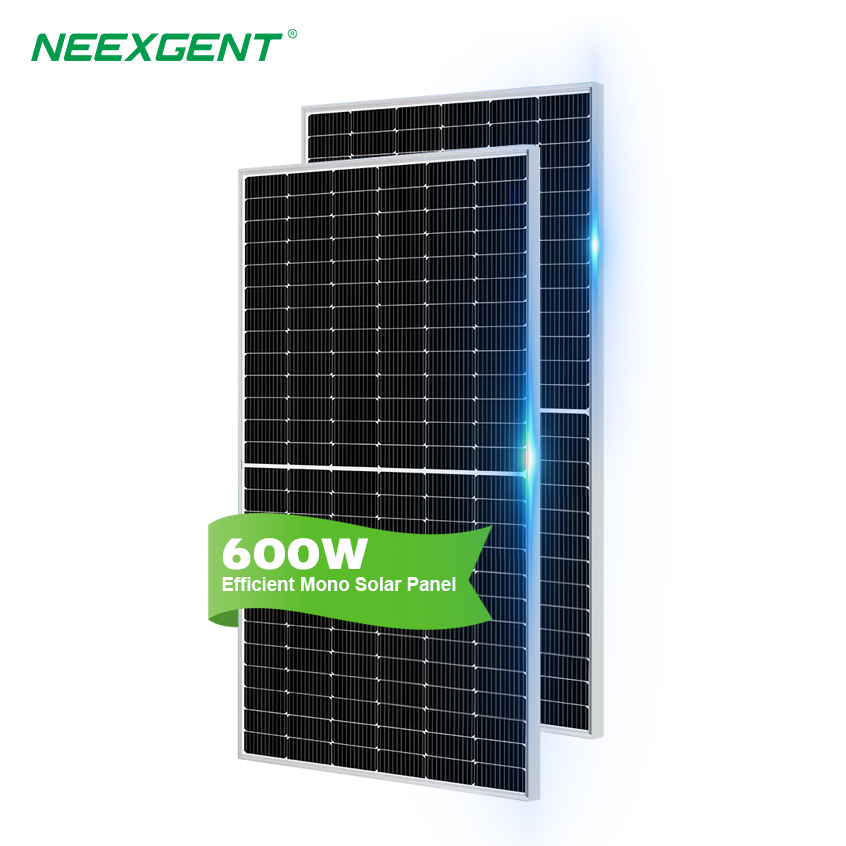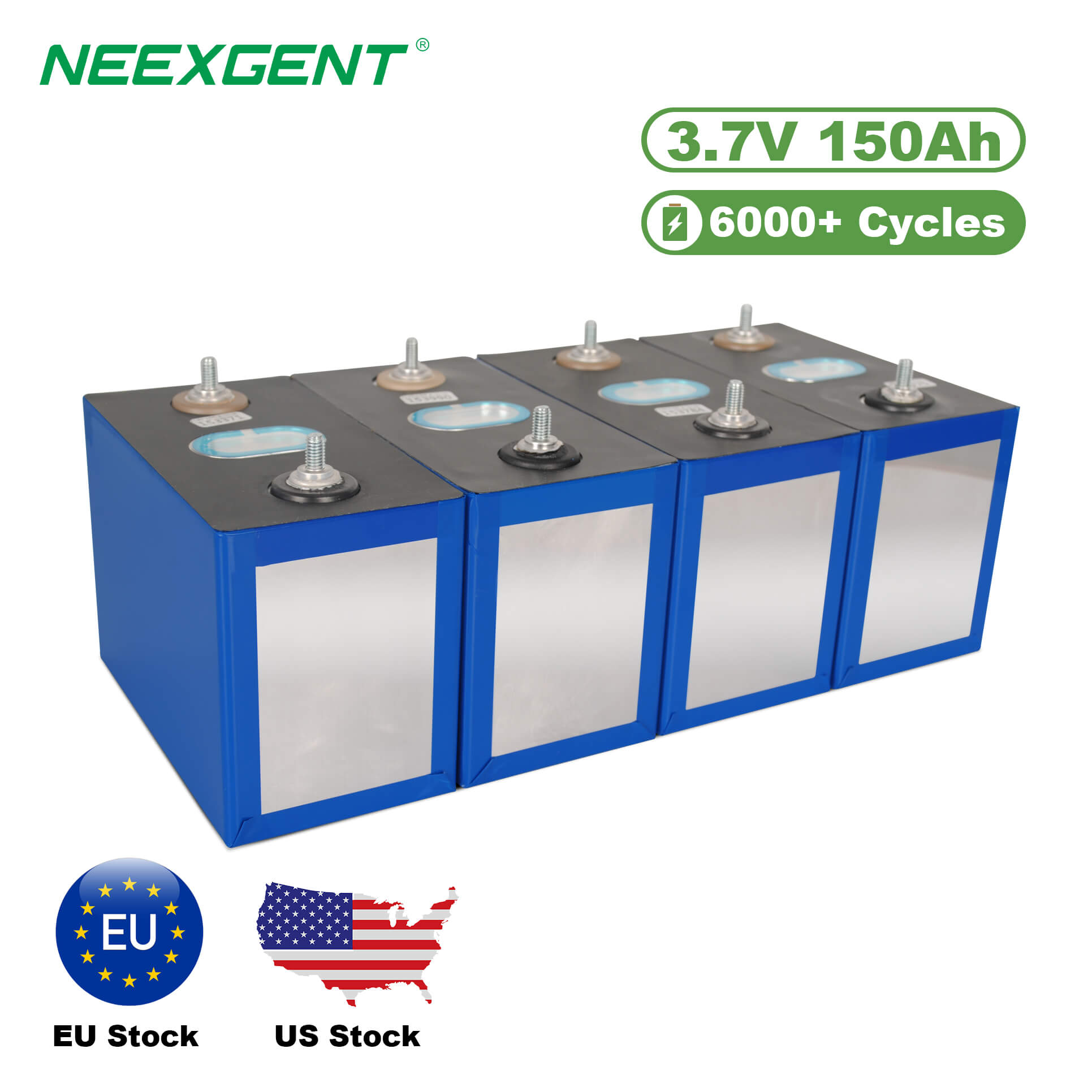As the global demand for renewable energy continues to rise, more homeowners, businesses, and institutions are turning to solar energy as a sustainable and cost-effective solution. Among the different types of solar installations, solar panels on flat roof systems have become increasingly popular. Unlike traditional sloped roofs, flat roofs offer unique opportunities for customized and efficient solar installations. This article explores the advantages, installation techniques, design considerations, and maintenance practices associated with installing solar panels on flat roof structures.
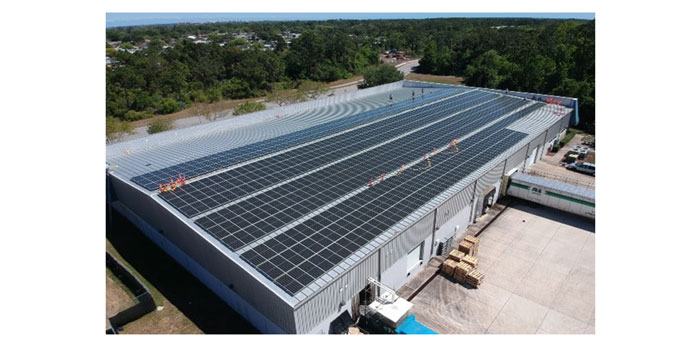
Advantages of Installing Solar Panels on Flat Roof
Optimal Orientation and Tilt
One of the most significant advantages of installing solar panels on flat roof areas is the ability to optimize the orientation and tilt angle. Unlike pitched roofs, where the direction and slope are fixed, flat roofs allow installers to mount solar panels at the precise angle needed to capture maximum sunlight throughout the year. This flexibility improves energy generation and ensures a higher return on investment.
Space Utilization
Flat roofs often have large, unused surface areas, especially on commercial and industrial buildings. This open space is ideal for accommodating a larger number of solar panels, increasing the system's overall capacity. The ability to install rows of panels with adequate spacing reduces shading and enhances efficiency.
Aesthetics and Discretion
Many property owners prefer solar panels on flat roof setups because they are less visible from the ground. The panels can be installed with low-profile mounting systems that minimize their visual impact while still maintaining effective performance. This makes flat roof installations especially appealing in urban or historical areas where aesthetic concerns are more pronounced.
Ease of Maintenance and Upgrades
Flat roofs provide easier access for maintenance crews compared to sloped roofs. Routine inspections, cleaning, and repairs can be carried out more safely and efficiently. Furthermore, if system upgrades or component replacements are required, the flat surface simplifies the logistics of working around the existing infrastructure.
Key Considerations for Solar Panels on Flat Roof
While there are clear benefits to flat roof solar installations, several factors must be taken into account during planning and design to ensure optimal performance and longevity.
Structural Load Capacity
Before installing solar panels on flat roof surfaces, it’s essential to conduct a thorough structural analysis of the building. Flat roofs must be able to support the weight of the panels, mounting systems, ballast (if used), and potential snow accumulation. Engaging a structural engineer to assess load-bearing capacity is a crucial early step.
Drainage and Water Accumulation
Flat roofs are prone to water pooling if not properly designed or maintained. Solar mounting systems must be installed in a way that does not obstruct the flow of water or compromise the roof’s drainage system. Poor drainage can lead to leaks, roof damage, and reduced system lifespan.
Wind Load and Anchorage
Solar panels installed on flat roofs are more exposed to wind uplift forces, especially in high-rise or coastal environments. To prevent movement or damage, the system must be securely anchored. Ballasted mounting systems are commonly used on flat roofs, using weighted materials (often concrete blocks) to hold the panels in place without penetrating the roof membrane.
Roof Membrane Protection
Protecting the integrity of the roof membrane is another critical consideration. Some mounting systems require roof penetrations, while others are designed to be non-invasive. Either way, installers must ensure that waterproofing layers remain intact to prevent leaks and extend the life of the roof.
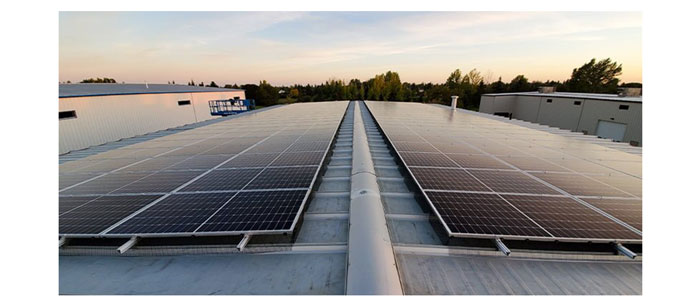
Installation Methods for Solar Panels on Flat Roof
There are several mounting options available for solar panels on flat roof systems, each suited to different conditions and preferences.
Ballasted Mounting Systems
Ballasted systems are the most popular choice for flat roofs because they do not require any roof penetrations. These systems use heavy blocks to hold the solar array in place. They are ideal for buildings with ample load capacity and are quick to install. However, they are not suitable for roofs with strict weight limits.
Attached (Penetrating) Mounting Systems
In some cases, especially in areas with high wind or seismic activity, penetrating mounts are preferred. These systems are mechanically fastened to the roof structure, providing a more secure attachment. Flashing and sealing materials are used to maintain the roof’s waterproofing.
Hybrid Systems
Hybrid systems combine ballasted and penetrating techniques to balance the need for structural integrity with reduced roof penetration. These systems are often used on rooftops with complex layouts or specific engineering requirements.
Cost Considerations and Incentives
The cost of installing solar panels on flat roof surfaces can vary depending on the size of the system, the type of mounting system used, labor costs, and local permitting requirements. On average, flat roof installations can be slightly more expensive than sloped roof systems due to the additional engineering and equipment involved.
However, various incentives and financing options can offset these costs:
-
Federal and state tax credits can significantly reduce the upfront investment.
-
Net metering allows property owners to sell excess energy back to the grid.
-
Grants and rebates from local governments or utility companies may be available for renewable energy projects.
-
Depreciation benefits for businesses can improve the financial return over time.
A professional installer can help navigate these options and provide a customized quote based on the specific project.
Maintenance and Performance Optimization
Once solar panels on flat roof systems are installed, maintaining them is relatively straightforward. Regular maintenance ensures continued high performance and extends the lifespan of the system.
Cleaning
Dust, leaves, bird droppings, and other debris can accumulate on solar panels and reduce their efficiency. Flat roof systems may require more frequent cleaning since water runoff is slower compared to angled panels. Automated cleaning systems or periodic manual cleaning can help maintain performance.
Inspections
Annual or bi-annual inspections by qualified technicians are recommended to check for:
Early detection of issues can prevent costly repairs and downtime.
Monitoring
Modern solar systems often come with real-time monitoring tools that allow owners to track energy production, consumption, and system status. Monitoring helps identify performance drops early, facilitating prompt corrective action.
Sustainability and Long-Term Value
Investing in solar panels on flat roof setups not only reduces energy bills but also contributes to environmental sustainability. By generating clean electricity on-site, property owners can significantly lower their carbon footprint, reduce reliance on fossil fuels, and contribute to broader climate change mitigation efforts.
Furthermore, solar installations can enhance property value and appeal to environmentally conscious tenants, buyers, or investors. In some markets, buildings with solar energy systems can command higher rental rates or selling prices due to lower operational costs and improved energy efficiency ratings.

